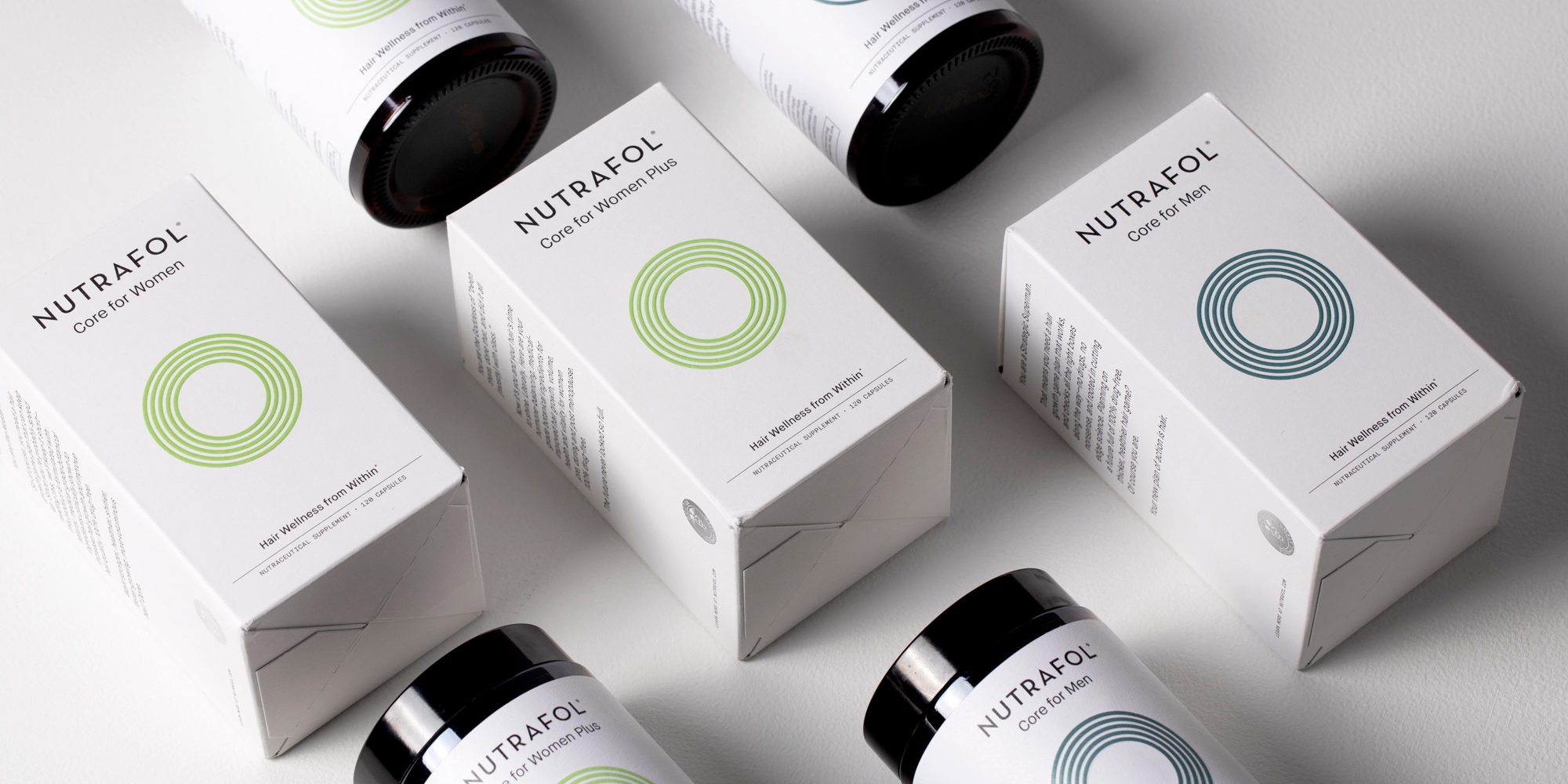
With $35M In Recent Investment To Fuel Growth, Nutrafol Is Carving Out The Hair Wellness Category
Nutrafol co-founder Giorgos Tsetis’ head of golden blond waves is one of the hair supplement brand’s most effective marketing tools, especially when you learn he started experiencing hair loss in his early 20s. The brand, which he began five years ago to fight the myriad causes of hair loss without the use of pharmaceuticals, has blossomed into a leading direct-to-consumer enterprise with over 90 employees and 300% annual revenue growth. Its rapid expansion has been fueled by two rounds of investment: A series A round in 2017 led by Unilever Ventures for an undisclosed amount and, in April, a $35 million series B round led by private equity firm L Catterton with participation from Unilever Ventures. Beauty Independent spoke to New York-based Tsetis about the importance of sourcing premium ingredients, why Nutrafol won’t be entering retail stores right now, and what the brand is doing with its hefty cash infusion.
How did you and your co-founders come together?
I was on prescription drugs to prevent hair loss because I’m severely genetically predisposed to it. I took a very proactive and preventative approach, and I was suffering from horrible side effects such as sexual dysfunction. Doctors didn’t have any answers or better alternatives. I fired two of my doctors because I couldn’t deal with it anymore. I would go off the drug, but, every time I [did], my hair started to fall out.
Roland [Peralta, co-founder of Nutrafol] is a science biohacker and a dear friend. I opened up to him. I said, “The basic vitamins and minerals don’t help me. Minoxidil is horrible, I don’t want to use that, and the drugs are causing potentially permanent sexual dysfunction.” He shared his story with hair loss, also being on Propecia and Finasteride in his early 30s, and how that affected his health. Roland also has rheumatoid arthritis and was taking very potent anti-inflammatory [drugs] to treat his RA. That led to his hair health changing. That opened up a whole conversation about how hair health is impacted by taking anti-inflammatories. How does inflammation play a role with the hair growth cycle and why is nobody talking about that? If inflammation plays a role, how does the micro-inflammation that takes place in the scalp environment and the hair follicle environment play a role?
We came to the conclusion that it’s not just the genetic hormone DHT that leads to hair fallout or decrease in hair health. It’s multiple factors. Elevated stress hormones lead to elevated cortisol. Elevated cortisol leads to inflammation. If you’re chronically stressed, it causes inflammation, oxidative stress. It causes free radicals that, again, eventually lead to inflammation.
We had a hypothesis that wasn’t by any means confirmed, but gave us hope based on our findings and the change in Roland’s hair health [from] taking anti-inflammatories. This was four and a half, five years ago. We looked at the competitive landscape. Nobody was talking about this. The doctor community was all about the two FDA approved drugs [that] just increase microcirculation or address the genetic hormone. Nobody’s talking [about] or addressing these multiple factors. We became research buddies for about a year, diving into white papers and speaking with doctors.
We eventually met Dr. Sophia Kogan, [Nutrafol co-founder,] who started to connect the dots for us and wrote a comprehensive white paper. We shared it with the medical community to get their feedback, and doctors started to invest in our company. This was pre-product.
What sets Nutrafol apart from other hair growth offerings?
There’s more awareness around being preventative and treating your hair from the inside out. That’s a good thing. I’m happy that we were at the forefront of that conversation. The only company that led in the medical channel back then was Viviscal, but their approach became very outdated, not in line with new science.
What sets us apart is that science and innovation are part of everything we do. We are, in my opinion, still the only company that has fairly comprehensive information around what is really happening and what are the root causes that lead to decrease in hair health for men and women. A lot of companies are putting a bunch of ingredients together and hoping for the best.
I was always a big believer in understanding the root causes, not just treating the symptoms. We [look at] what’s happening at a microscopic level and, then, find the right ingredients to address these root causes. We continue to develop products accordingly. That’s research that we own [and] have published. Being a thought leader in hair biology definitely sets us apart.
The other thing is, once you understand [hair loss], how do you treat it? That goes back to ingredients. We’re still the go-to company when it comes to efficacy of ingredients. Four and a half years ago, it was crazy to people [that] we would pay $400, $500 a kilo for an ingredient while others were paying $20 a kilo, but there’s a reason for that. They’re extracted in a different way. We make sure that the phytonutrients are still available and the phytoactives are still active in these ingredients.
Most importantly, we would test them in human clinical trials. We’ve also got clinical trials on the entire formulations. That’s millions of dollars of investment for us to be able to convey this message and convince the medical community that this could be a better alternative to some of the drugs. In my opinion, that’s how you build a brand, you have to go to the thought leaders. Otherwise, you’re just another marketing brand. There are thousands of doctors that are selling our products instead of recommending drugs at the moment. I think that’s very telling.
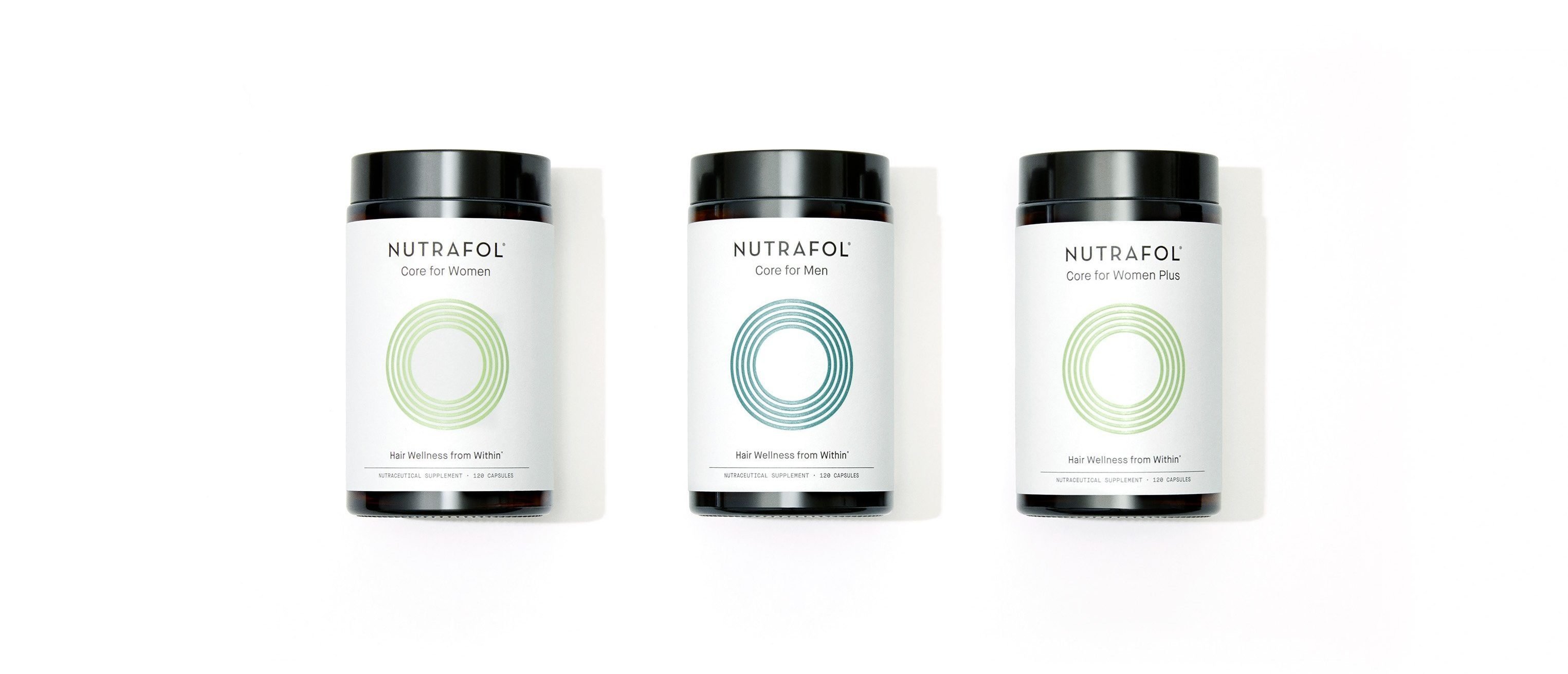
Have you had to reevaluate your ingredients and reformulate along the way?
Always. To give you an example, we use a phenomenal ingredient, saw palmetto, and it grows in Florida. Sometimes they have bad crops. When you see other companies using this ingredient, they’re getting it from China or other sources, so it has been blended with other ingredients. The pharmaceutical industry in Europe is buying it a lot for prostate because it’s very powerful. So, the price is sky high. That’s why you see a lot of companies changing ingredients. We have very long-term relationships with suppliers. Even when prices go up, we want to prioritize efficacy of ingredients. We’ve never switched an ingredient if it’s cheaper. The only reason we would switch is if we believe there’s a better supplier out there.
There’s a lot of ingredient research happening. If we believe there is an underlying cause that we’re currently addressing with a specific ingredient, and there’s new science or new clinical trials around an ingredient that is performing better or is healthier for whatever reason, then we make adjustments. We make minor adjustments based on, is there any other source? Can we get it from better, healthier waters? We switched a year ago to a better source for our collagen in the North Atlantic Sea. We constantly make sure that whatever we give to our customers and ourselves is the best quality, but also [driven by] the newest and latest research. A lot of people are sourcing better or cleaner ingredients, and I think that’s fantastic, but what does that do to efficacy? We always keep efficacy in mind.
Nutrafol raised $35 million earlier this year after a series A round of funding in 2017. What will the money go toward?
L Catterton is a fantastic partner. It was important for us that we were aligned with how the money’s going to be spent. Innovation and research is in our DNA, so it’s important that we continue to do research and development, and invest in more data. There are four additional clinical trials right now in progress with different universities. We’re talking about millions of dollars of additional investment. Sometimes one clinical trial could be $1 million.
It’s very tough to do hair research. It’s not like skincare. That’s why a lot of people don’t do it. Hair takes time to grow. You can’t do a two-week clinical trial like with skincare and see wrinkles slightly disappear. It’s a different ball game. The clinical trial is going to take six months to a year. That’s a lot of investment also from the doctor’s side. It takes time, and they have to staff accordingly.
The biggest problem, though, is recruiting. Our clinical trials are incredibly robust. We’re using pharmaceutical-grade standards, that means placebo-controlled, double-blind. Typically, you have to [shave and, then,] tattoo people [on the scalp] because, if you’re measuring hair thickness or hair count, you want to make sure that you’re measuring exactly that same spot. A lot of times, if a clinical trial is not robust, you’re just measuring a different area where the hair is different and, then, you can very easily show results.
If you see our trials, you see tattoos, so you’re sure you measure exactly the same spot. You’re asking people to shave an area, to tattoo their scalp and, then, in addition to that, they could even be in placebo for six months, which means they did it all for nothing. Imagine the dropout rates. You also need a high number of people to reach statistical significance. We’re talking about trials with 40-plus people. It could be up to a hundred. These are very extensive.
That’s why a lot of people stay away from it. They make ingredient claims or they borrow science, [saying,] “Biotin was proven to do X.” We continue to invest in these trials, and further build out the science, research and development team to maintain our thought leadership position and build a wall of credibility around us.
With marketing, we’re going to further scale whatever we have built to make the brand resonate with a much broader audience. We’re going to also invest a lot in content strategies and education. Education is a big pillar for our company. We have defined a new category around hair wellness, and there needs to be education around that. That is something that excites us tremendously because it’s a new approach, [but it’s] going to require a lot of investment from the brand awareness standpoint.
How are you growing Nutrafol’s product line?
We have a massive pipeline. We have decided, though, to push that slightly back. In the next year, we will remain focused on the current products that we’re offering. We’re going to stay hyper-focused in hair, it’s what we know best. The market is massive: 75% to 80% of our audience is women at the moment. We need to help her, and we need to help him.
From a product standpoint, we just launched 14 additional booster products based on personalization and trends we identified to maximize results for our customers. There’s some optimization that needs to be done from a marketing standpoint and making sure they resonate with a broader audience. The post-menopausal formulation is going to be huge. We’re going to change the name to Women’s Balance and launch a massive campaign this month, making sure that we’re speaking to that audience and supporting that audience the best way we can. This is a new product that we haven’t even emphasized so much, and it’s our No. 1 selling product now.
We’re going to make sure that people understand this new concept about hair wellness, [and] how your whole body plays a role when it comes to hair health and hair growth. That focus is going to be important for us for the next year or so. From there, we’re going to add topical solutions and products for different parts of the body.

How much of the brand’s revenue comes from subscriptions?
Our business model always included subscriptions. Investors get very excited about [customer] retention with subscriptions. Our subscription rates continue to rise. It’s more than 75% of our DTC audience.
We constantly push for subscription because people need to see this as a journey. We want to be a partner in progress. You go to the website, do the hair wellness evaluation test and, then, subscribe to your products. We’re staying with consumers and patients all the time. We’re doing hair mineral analysis tests for people. People send us their hair samples and we can track their progress.
It’s a big investment on our end, but we believe that, if people show their commitment to us and they’re invested in making progress, we’ll do everything in our power to further support them with testing and with one-on-one doctor consultations. We have full-time doctors on staff. If you speak to one of our naturopaths or dermatologists, you’re going to get so much more information than going to a regular doctor.
Do you plan to build out Nutrafol’s retail distribution?
I believe in having that direct relationship with the customer. We’re going to do everything in our power to help you succeed. To properly execute that, you want that direct relationship, and you’re always going to lose that if you go into retail. The retailer will give them information, but are we going to be able to support them throughout their subscription? Are we going to be able to make sure they’re OK month three, month six and month 12? Are they seeing any progress? Can we give them additional product on us if, for whatever reason, they don’t see results? We always put the customer first, and that becomes incredibly hard if there’s no direct line of communication.
We’re not looking to go into CVS or other traditional retailers yet because we want to further scale our DTC business. We are going to heavily invest in DTC and further invest in the doctor channel. That will be our focus for the next year and a half. We’re looking at different categories: OBGYN, general practitioners, plastic surgery, internal medicine. There’s still so much opportunity.
The reason why we’re very big in the doctor’s channel, and we’re going to further expand our salon channel, is because people trust their doctors and people trust their stylists. They’re never going to sell you or recommend something that they don’t believe in. Having these brand partners that then do a lot of the heavy lifting for us as a brand is a great strategy to make sure that people are educated, go and subscribe or buy products with a sense of trust.
How many doctor’s offices is the brand currently sold in?
The most recent number is about 1,600, predominantly dermatologists. We’ve got about 2,000 more doctors that are recommending the products. This is based on what we hear, and people are constantly being referred to amazon.com and nutrafol.com.
What’s next in the hair wellness category?
The fact that there’s more awareness around hair is good. What happens typically when a topic becomes hot is a lot of new people enter the market. There were always hundreds, even thousands, of supplements out there for hair. Now, you have more branded brands in the space who give it their own spin to get a piece of this market. There’s going to be more supplements around hair that go to launch. A lot of people are going to have [hair wellness] as a side category because it could potentially become profitable for them. But I don’t think that, in supplement space, people are going to be as hyper-specialized as we are. It’s very hard, and it takes a lot of time to catch up. We’re on top of our research and will make sure that we continue to have that position as a thought leader.
Because it’s a hot category, I think we have reached a tipping point in the supplement space, [and] it’s going to slow down. There’s going to be supplements popping up, but not at the rate that we’ve seen. The more products that are there, the less attractive it becomes for new people to enter the space. It’s hard to cut through the clutter. It takes too much money to scale the business and become profitable. You’re not able to grow.
It’s the same as in the drug space. You had this moment where suddenly the patents of Propecia and Minoxidil expired, then new companies with better branding came to life: Hims, Roman, Keeps. You don’t want to enter that space anymore because it’s too much noise, and there’s no innovation there. It’s just selling existing drugs. I know all of these companies, and they have a problem because it costs them too much to get customers. [They charge] $5 a pill. Now, you can get that drug for a dollar a pill. How do you compete with that?
That’s a very dangerous game in the first place because the doctors are not involved as they should be. They’re just selling drugs like it’s candy to young men. There’s a whole ethical conversation there. That is something that really concerns me, knowing firsthand what the long-term side effects of these types of drugs and the oversight that is absolutely needed to make sure a young man or woman is OK throughout that type of treatment.
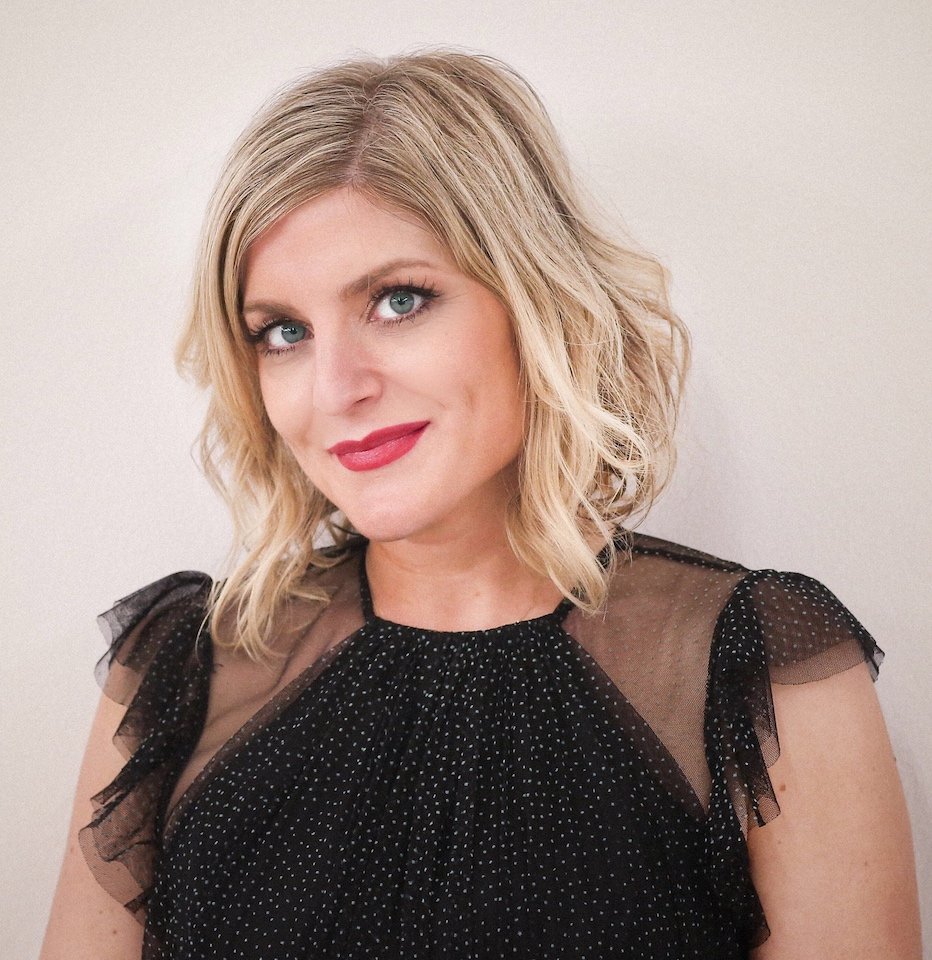

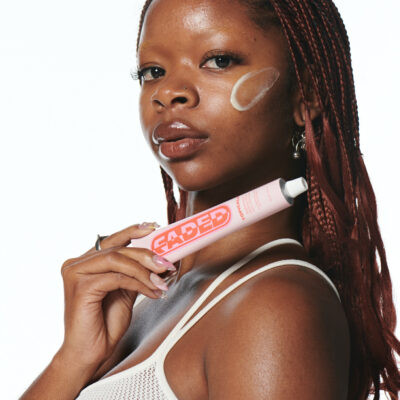
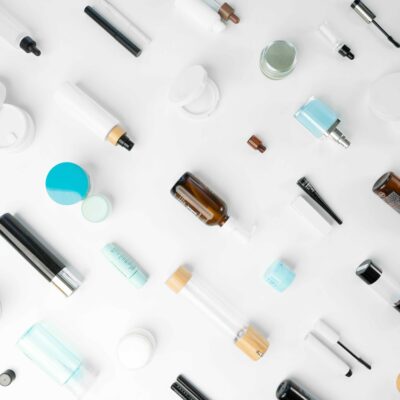
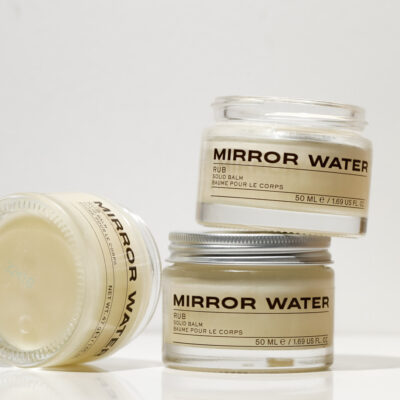
Leave a Reply
You must be logged in to post a comment.